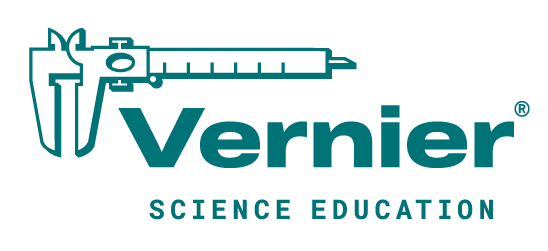The BlueView Transilluminator (
The most common fluorescent markers that will be used with the Blue-View are nucleic acid stains. We have divided the nucleic acid stains we tested into two categories; those that are good for general purpose analysis and labeling, and those that are exceptionally sensitive or that can serve special purposes such as detecting both single stranded (ss) and double stranded (ds) RNA and DNA. We have listed the stains that fall into these two categories below.
General Purpose and Affordable Nucleic Acid Stains
- Gel Green Nucleic Acid Gel Stain from Biotium. Order code 41005.
- SYBR Safe from Nucleic Acid Gel Stain from ThermoFisher Scientific. Order code S33102.
- Nancy 520 DNA Gel Stain from Sigma-Aldrich. Order code 01494.
High Sensitivity and Special Purpose Nucleic Acid Stains
- 1.GelStar Nucleic Acid Gel Stain, from Lonza. Order code 50535.
- 2.SYBR Gold Nucleic Acid Gel Stain from ThermoFisher Scientific. Order code of S11494.
Please note that most fluorescent nucleic acid stains ship in a highly concentrated form, generally 10,000X. Many can be incorporated into agarose gels while they are being prepared (Pre-Staining). The stains are used at a rate of 1μL concentrated stain to 10 mL of agarose gel solution (agarose + buffer). The one exception is the Nancy 520 DNA Gel Stain, which would require a doubling of the concentrated stain volume because it is only 5,000X. Disposal of gels stained with these fluorescent stains, buffer solution, spent tips, and microtubes should be in accordance with local regulations and lab procedures.
There are many other fluorescent stains that can be used with the Blue-View Transilluminator for a variety of purposes. When picking a dye or fluorescent marker, close attention should be given to the excitation and emission characteristics of the compound. Stains or dyes that have good excitation in the blue light range and that emit in the green or longer wavelengths should work well. Fluorescent stains that have UV excitation or near UV excitation may or may not work well with the Blue-VIEW. For example, the Blue-View works well with Green Fluorescent Protein (GFP) and with uvGFP for bacterial transformations. The illuminator is not ideal for use with Ethidium Bromide or other fluorescent stains that have peak excitation in the deep UV.
Can the BlueView Transilluminator be used with fluorescent stains that excite in the visible light range?
Are Ethidium Bromide (ETBR) stained gels readable using a BlueView Transilluminator?
